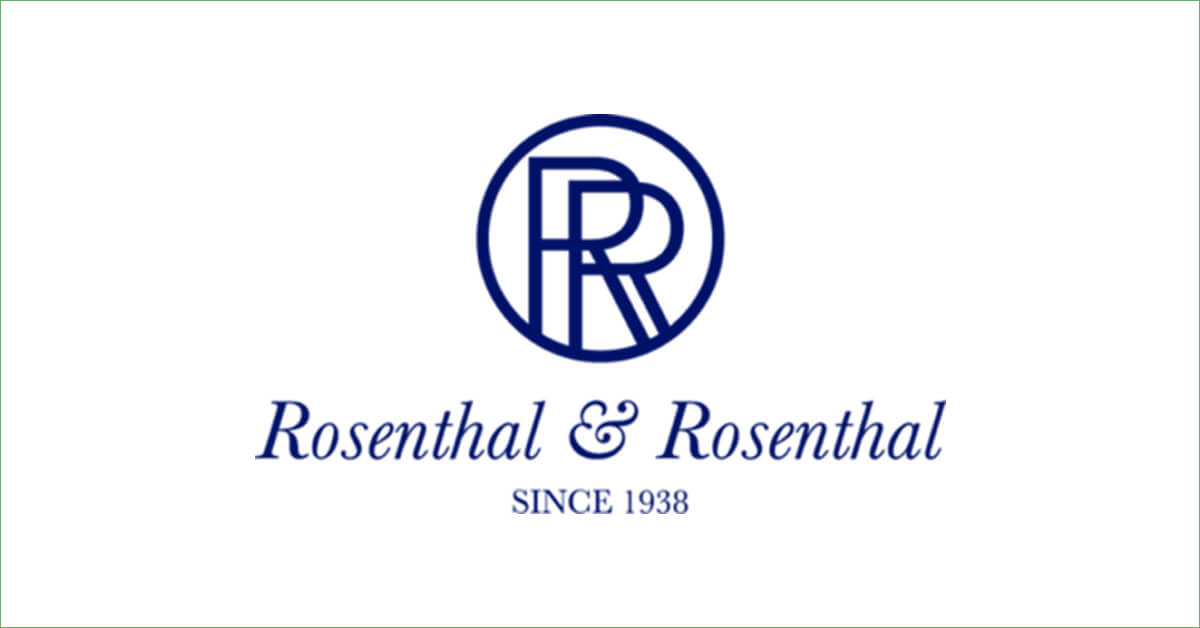The process of receiving, paying, and tracking invoices can be extremely time consuming for organizations, often requiring multiple personnel to ensure all incoming bills are paid correctly and within terms. This process is further complicated when the business receive invoices at multiple locations. It can be easy for the process to quickly spiral out of control when the organization experiences growth or other changes. Manual and outdated methods of processing accounts payable invoices is costly and can limit visibility of payables invoices that are scattered throughout and organization. When it comes to improving bottom line, these are significant challenges. The lack of visibility can result in delayed approvals, missed discounts, late payment fees, duplicate payments, non-compliance with controls, inaccurate accruals of expenses, and not to be forgotten frustration for the back office staff.
The Value in an Automated Accounts Payable Process
Many organizations face similar challenges with their current AP Processes. Paystream Advisors reported in a recent study that “an overreliance of people and paper-based processes emerged as the biggest problem plaguing AP departments”. The respondents reported that paper invoices, manual data entry, inefficient routing processes, lost invoices, and invoices with discrepancies all contributed to a costly and time-consuming AP process. Organizations of any size are increasingly finding value in automating their AP processing for a variety of reasons including:
• Increased visibility to outstanding invoices
• Improved cycle times, capture discounts and avoid late fees
• Decreased processing costs
• Enablement of optimization and improving controls
Increased Visibility to Outstanding Invoices
Automating AP processing increases visibility with invoices by having all invoices captured in a single electronic repository and accessible remotely at anytime. Visibility of all payables invoices at all stages of processing and the use of automated workflow, allows for accurate accruals, provides a complete audit trail, ensures compliance with financial controls and reduces the risk of fraud. Accurate and timely information can reduce fraud by up to 7% of corporate revenues by eliminating multiple human touch points, which can lead to collusion2. When delegation of authority is automatically applied, business rules are enforced during the process, not after the fact, further decreasing the risk of fraud.
Improved Cycle Times, Capture Discounts, and Avoid Late Fees
Many organizations report payables invoice processing cycle times of 30 or more days, however with an automated AP process, invoices can easily be processed, approved, and paid within a few days. This gives organizations the ability to choose how and when to pay, providing more control over cash flow and capitalizing on early-pay discounts and avoiding late fees. Additionally, organizations can negotiate vendor discounts terms that may not have been practicable before due to long processing cycles. Late fees are also avoided with the improved cycle times.
Decreased Processing Costs
Organizations who have moved to a single, central AP system and automated processes have reduced the cost to process an invoice from over $55 to less than $5 per invoice. These process cost savings are a result of reduced time spent on manual data entry and routing processes, tracking down invoices and approvals, fielding fewer vendor and internal calls looking for payment status, and lowering auditing costs due to all documents and data being stored in a single central repository.
Enabling Optimization and Improving Controls
Organizations with automated AP have the ability to consolidate processes including account and audit reviews by utilizing a single repository populated with the account data and scanned images. Multiple users can access a single, central system for the information they need.
Organizations are able capitalize on their investment in AP automation through better cash flow management, improved vendor management, and expanded and dynamic discounting using accurate data easily accessed from one system.
Other benefits to automation include the ability to use fewer internal resources and move existing resources from transactional to analytical functions to ensure proper controls, compliance, and accurate accruals. Automating AP data into one system will not only optimize and standardize the process; it will also be a catalyst to start evaluation and standardization of data and processes throughout the entire organization.



















One Response
Thank you for your blog article. Thanks Again. Really Cool.